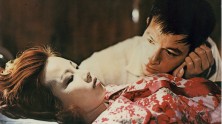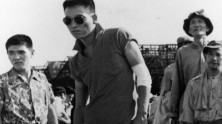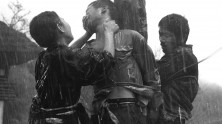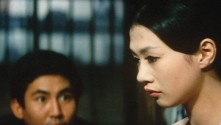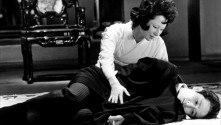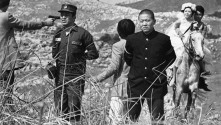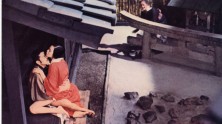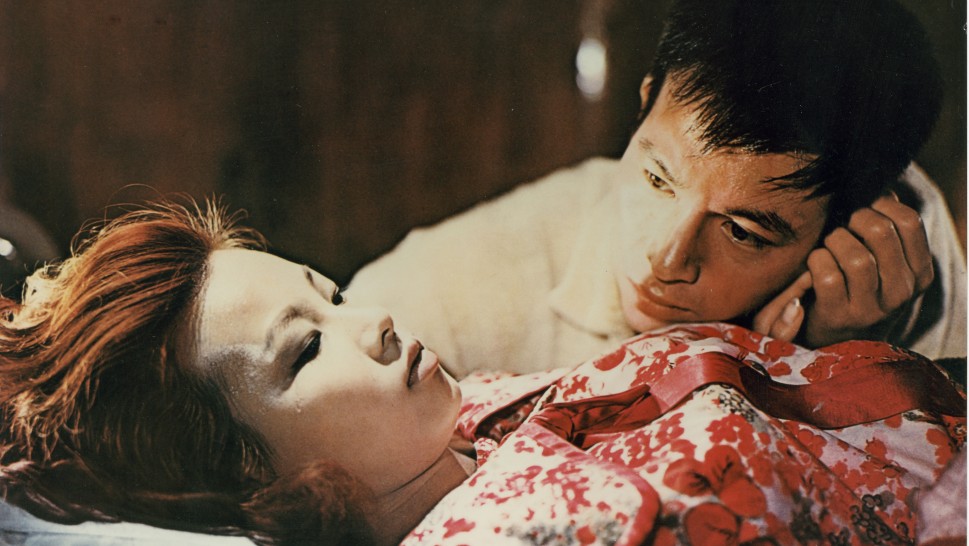

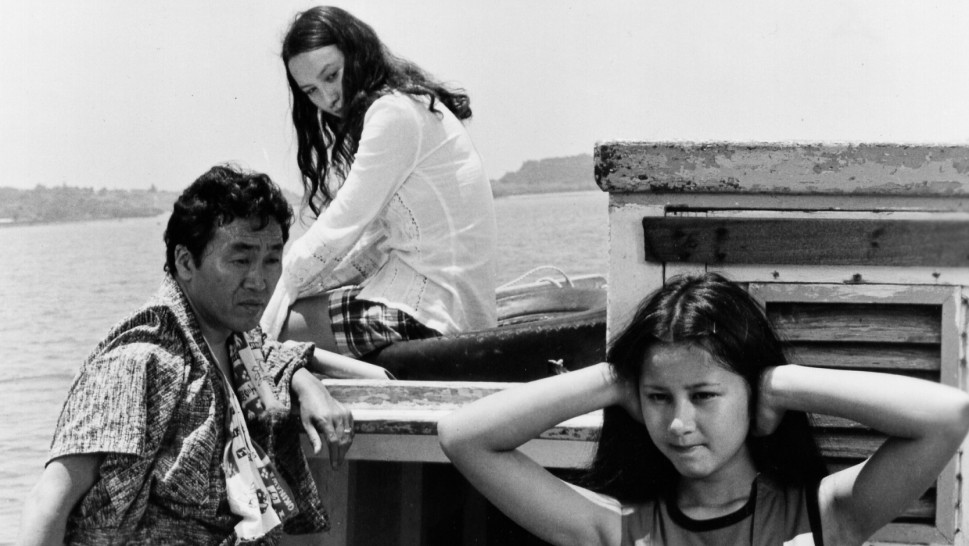

Nagisa Oshima and the Struggle for a Radical Cinema
An unflinchingly iconoclastic and ceaselessly inventive filmmaker, Nagisa Oshima (1932- ) has scorched an indelible path across postwar Japanese cinema. Oshima is one of Japan’s original outlaw masters – a rebellious and instinctively anti-establishment artist whose apprentice work bears a resemblance to the films of such contemporary enfant terribles as Sejun Suzuki (1923- ), Koji Wakamatsu (1936- ) and Kiju Yoshida (1933- ), maverick and fiercely independent directors who, like Oshima, all began under studio contracts. Oshima quickly established himself as one of the most politically committed and driven filmmakers of his generation, beginning with the remarkable elegy to the failed student-led protest movement offered by his controversial third feature, Night and Fog in Japan (1960), which was almost immediately pulled from theatrical distribution by his studio, Shochiku, and banned from public and private exhibition.
Devoted to political activism since his days as an outspoken student leader at the prestigious Kyoto University, Oshima was led by the traumatic experience of Night and Fog in Japan towards a different mode of political cinema, increasingly turning away from party politics towards a broader and ultimately more ambitious critique of Japanese history and national identity. In a series of important mid-career films, Oshima adopted controversial crime headlines from across modern Japanese history – the serial killer in Violence at Noon, the cruel, exploitative parents in Boy, the prostitute's murderous act in In the Realm of the Senses –transforming their crimes into desperate but deliberate acts of rebellion against the status quo. The figure of the transgressive criminal outlaw has remained a seminal touchstone of Oshima's cinema, closely linked to his interest in the strange illogic of the sexual unconscious, whether of individuals or of Japanese society as a whole.
Equally important as the political charge of Oshima's cinema is its steadfast devotion to narrative and aesthetic innovation. An incredibly restless and unceasing experimental drive has lead Oshima to invent a radically different formal language for almost all of his films, from the deliberate long sequence-shots of his early youth exploitation pictures A Town of Love and Hope and The Sun's Burial to the complex, fast and often deliberately disorienting cutting of Violence at Noon and The Man Who Left His Will on Film. Yet while Oshima's most formally daring films, such as Death By Hanging, clearly reveal a distrust of cinematic illusionism, the director nevertheless also commands an astonishing eye for unconventional beauty that gives way to the lush, exhilarating sensuality of films such as Cruel Story of Youth, Merry Christmas, Mr. Lawrence and In the Realm of the Senses.
This complete retrospective of Oshima's feature films offers a rare opportunity to see some of the postwar Japanese cinema's most iconic and important works—an experience that, by contrast, reveals the total poverty of politically engaged art cinema today.

